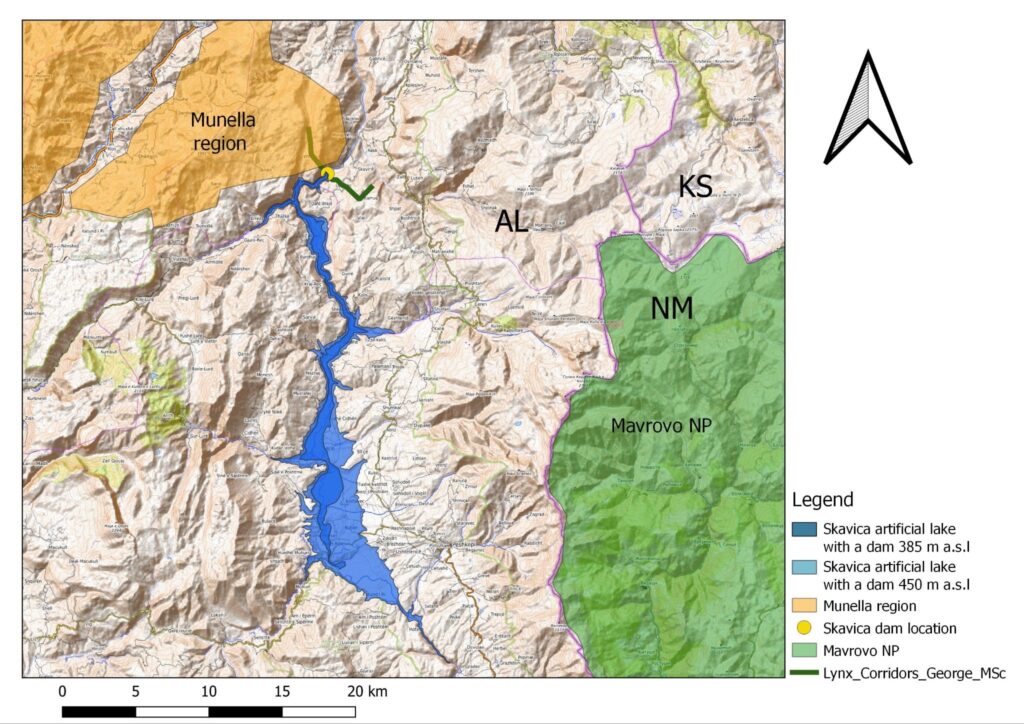In recent years, Bankwatch has sounded the alarm about the deterioration of civil society space in the countries of Central and Eastern Europe, the Caucasus and Central Asia, in order to alert the international financial institutions that we monitor. Unfortunately, the situation is worsening with the recent adoption of the “foreign representatives” law in Kyrgyzstan and a similar “foreign influence” bill awaiting final approval by the Georgian parliament. In reaction to mass protests of Georgian society, the government is taking an increasingly repressive approach leading to harassment and intimidation of Bankwatch staff, our member group there and other Georgian civil society partners.
We appreciate the statements made by the President of the EBRD, Odile Renaud-Basso, expressing concerns about the situation in Georgia. However, if the situation continues to escalate, we expect the EBRD, together with other international financial institutions such as the Asian Development Bank and the World Bank Group, as well as bilateral agencies, to step up the pressure and put on hold any public sector financing that would benefit the government, as well as any financing of private companies linked to the ruling Georgian Dream party.
In Bankwatch’s experience, it is clear that civil society is crucial for reducing the risks of implementing investment projects, avoiding corruption, preventing the misuse of public finance and increasing benefits for the public. It is therefore in the development banks’ interest to ensure that civil society continues to play its essential role in contributing to the success and sustainability of investment projects.


